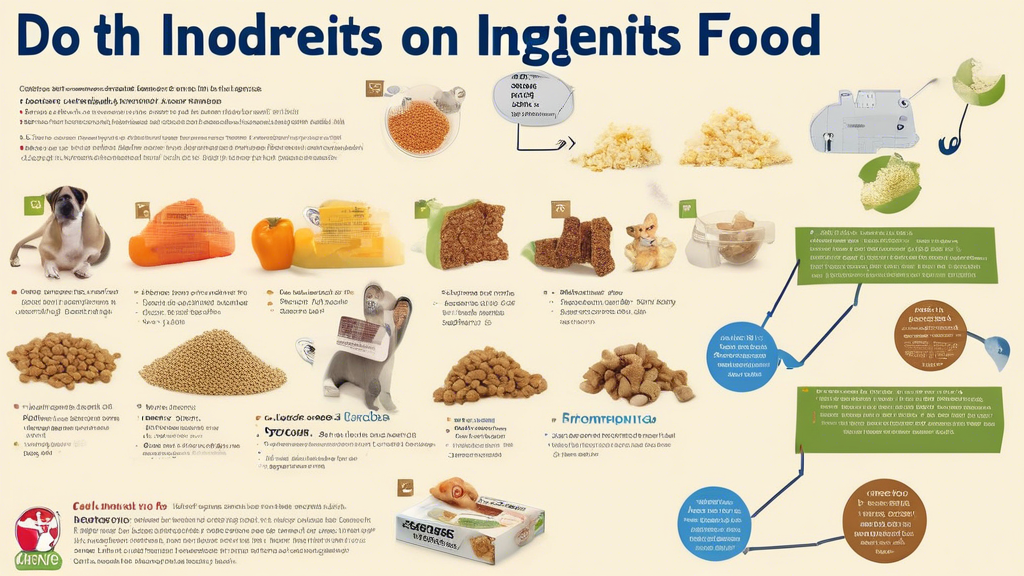“`html
How Much Should I Feed My Dog? (Feeding Guide Included)
Introduction
Every dog owner wants what’s best for their furry companion, and that includes providing optimal nutrition. Feeding your dog the right amount of food is crucial for their overall health and well-being. However, determining the correct portion can be challenging. This comprehensive guide will delve into the factors that influence a dog’s feeding requirements and provide a detailed feeding guide to help you ensure your canine friend is receiving the nourishment they need.
We will explore the various factors to consider when determining the appropriate amount of food, including your dog’s age, breed, size, activity level, and health condition. Additionally, you’ll learn how to understand dog food labels, accurately measure portions, and monitor your dog’s weight to adjust feeding amounts as needed. By providing you with all the necessary information, this guide will empower you to make informed decisions about your dog’s nutrition and support their long-term health and happiness.
“`
## Determining the Appropriate Amount of Food for Your Dog
Determining the optimal amount of food for your canine companion is crucial for their overall health and well-being. Several factors play a significant role in establishing the appropriate feeding amount, including:
### Influencing Factors
**1. Age:** Puppies and senior dogs have different nutritional requirements compared to adult dogs.
**2. Breed:** Certain breeds, such as German Shepherds and Labradors, have higher metabolic rates and require larger portions.
**3. Size:** Smaller dogs like Chihuahuas need less food than larger breeds.
**4. Activity Level:** Active dogs burn more calories and require more food than sedentary dogs.
**5. Health Condition:** Dogs with certain health conditions, such as diabetes or allergies, may have specific dietary requirements.
### Understanding Food Labels and Measuring Portions
Before feeding your dog, it’s essential to understand the information on the dog food label. This includes:
* **Calorie Content:** This indicates the number of calories per cup of food.
* **Nutritional Information:** This provides a breakdown of nutrients, such as protein, fat, and carbohydrates.
To ensure accurate portion sizes, use a measuring cup specifically designed for pet food. Avoid guesstimating or using household utensils, as this can lead to overfeeding or underfeeding.
By considering these factors and following the guidelines provided in the comprehensive feeding guide below, you can determine the appropriate amount of food for your furry friend.
The #1 Free Source for Pitbull & Bully Pedigrees!

Comprehensive Feeding Guide for Dogs
Introduction:
Determining the optimal feeding amount for your canine companion is crucial for maintaining their overall well-being. This comprehensive feeding guide provides detailed recommendations based on weight and activity level, ensuring you nourish your furry friend appropriately.
Feeding Recommendations Based on Weight and Activity Level
The table below outlines the recommended daily food intake for dogs of various weight ranges and activity levels.
| Weight (lbs) | Active | Moderate | Inactive |
|---|---|---|---|
| 10 | 1 cup | 3/4 cup | 1/2 cup |
| 20 | 1 1/2 cups | 1 1/4 cups | 3/4 cup |
| 30 | 2 cups | 1 1/2 cups | 1 cup |
| 40 | 2 1/2 cups | 1 3/4 cups | 1 1/4 cups |
Note: These recommendations are general guidelines. Adjust the portion size based on your dog’s individual needs, metabolism, and health condition.
Meal Frequency and Portion Breakdown
* **Puppies under 6 months:** Feed 3-4 times daily. Divide the recommended daily amount into equal portions.
* **Adult dogs:** Feed 2-3 times daily. Divide the recommended daily amount into the desired number of meals.
Monitoring and Adjustments:
* Regularly monitor your dog’s weight to ensure they are maintaining a healthy body condition.
* If your dog is gaining or losing weight, adjust the feeding amount accordingly.
* Consult your veterinarian for specific feeding recommendations and to address any underlying health concerns.
Tips:
* Use a measuring cup or scale to accurately measure portions.
* Feed your dog at the same time each day to establish a regular feeding schedule.
* Avoid overfeeding, as this can lead to obesity and related health issues.
* Consider your dog’s age, breed, and activity level when determining feeding amounts.
## Conclusion: Optimizing Your Dog’s Diet
Understanding your dog’s nutritional needs is crucial for maintaining their overall well-being. The feeding guide provided in this article serves as a valuable resource for determining the appropriate amount of food for your canine companion. By considering their individual factors such as age, breed, size, activity level, and health condition, you can tailor their diet to meet their specific requirements.
Remember to monitor your dog’s weight regularly and adjust feeding amounts accordingly to prevent obesity or malnutrition. The key is to provide a balanced and nutritious diet that supports their health and vitality. By following the guidelines outlined in this article, you can ensure that your dog receives the optimal nourishment they need to thrive throughout their life.













Leave A Comment